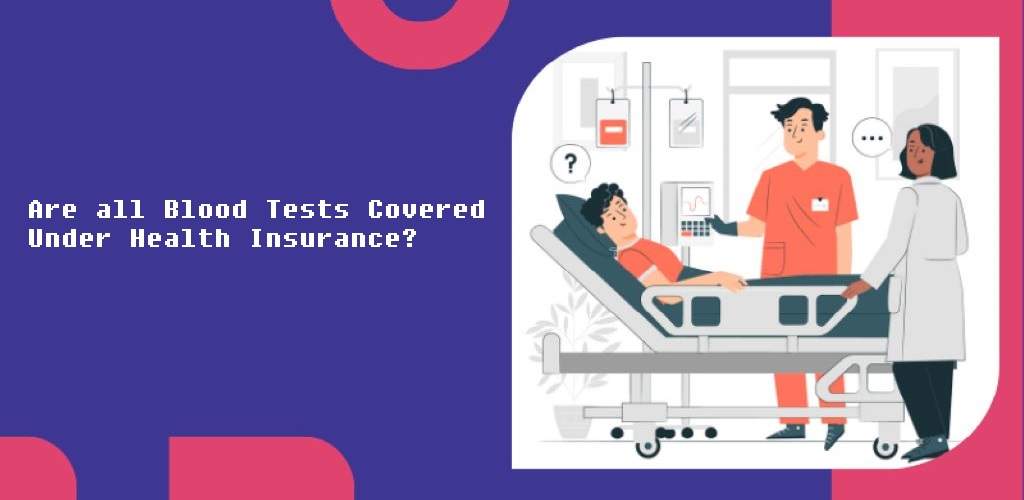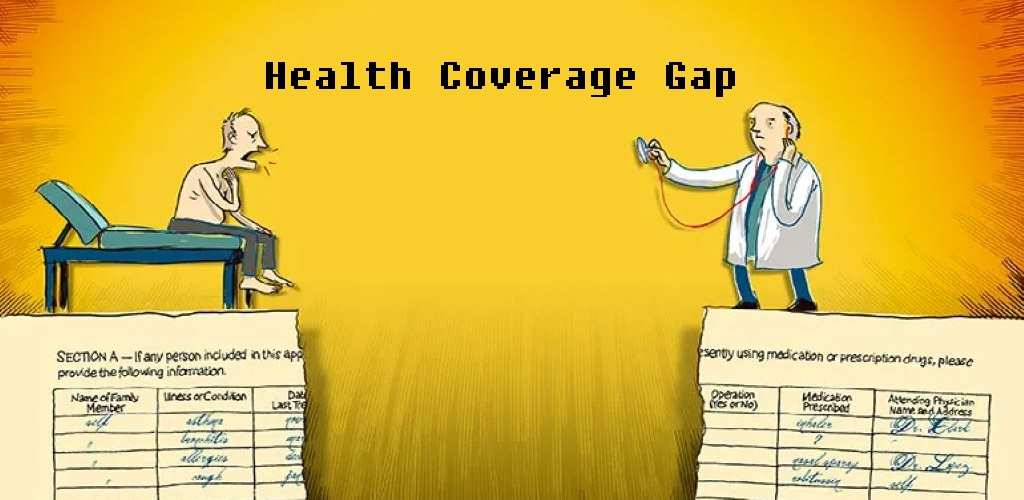When considering the Indian insurance sector in the post-independent era, there was maximum government intervention and a monopoly was created. It was only in 2000 that private companies were allowed to operate in the insurance sector.
Due to this privatization and liberalization and IRDAI (Insurance Regulatory and Development Authority of India) being the central figure, the insurance industry of India has come a long way. While the sector is undergoing vigorous transformation, there are still some challenges, such as limited awareness and education, higher prices, complex regulatory environment, lower penetration rate, etc., that need to be addressed to catalyze the sector’s growth.
Therefore, IRDAI is planning to launch ‘Bima Trinity’, a powerful initiative to tackle all such issues and limitations and stay ahead of the curve. This article will highlight some of the major impacts of ‘Bima Trinity’ on the insurance industry of India.
But let’s first briefly understand what this trinity buzz is!
A Brief Discussion On ‘Bima Trinity’
The ‘Bima Trinity’ is a central government’s three-pronged strategy, which primarily aims to increase insurance penetration across India. It is made up of three components, as discussed below:
Bima Sugam:
It will be a digital portal that will integrate distributors and insurers into a single platform. Thus, it will act as a one-stop solution for all insurance processes, including purchasing, accessing services, and claim processes.
Bima Vistaar:
It will be an integrated risk cover product with clear benefits for each risk and a focus on speeding up claim settlement processes without the need for surveyors.
Bima Vaahaks:
The third part of the strategy involves sending out Bima Vaahaks (carriers) to each gram sabha (village council) to spread the word about the advantages of comprehensive insurance products like ‘Bima Vistaar’.
Major Impacts (Current & Future) Of ‘Bima Trinity’ On India’s Insurance Sector
Let’s understand how the initiative is a game-changer for the sector!
Shift From Rule-Based To Principle-Based Approach:
Since the introduction of ‘Bima Trinity’, the IRDAI is slowly reducing unnecessary insurance regulations and focusing on the principle of 3As, ‘Availability’, ‘Accessibility’, and ‘Affordability’ of the insurance products. The primary aim behind this principle is to make sure that every Indian should be insured by 2047.
To date, as far as 70-odd regulations have been abolished, 1000-odd circulars have been canceled, and 79 returns have been rationalized, as said by IRDAI chief Debasish Panda. Thus, the insurance regulator prefers to rely on high-level and broadly stated principles rather than prescriptive and restrictive rules.
Universalization & Democratization Of Insurance:
We all know how UPI (Unified Payments Interface) has revolutionized the way people do transactions in India. According to IRDAI, the ‘Bima Trinity’ will give rise to a similar impact on India’s insurance sector. The ‘Bima Sugam’ portal will be a real ‘game changer’ and create a ‘UPI-like moment’ for the industry by making it more convenient, affordable, accessible, and transparent for the customer.
This is because the portal is designed to serve as a centralized hub for fulfilling all insurance demands of various customers, such as receiving adequate policy recommendations, quick settlement of claims, hassle-free purchasing of insurance, and assistance in renewal processes, to name a few. Similarly, ‘Bima Vistaar’ will offer composite insurance plans that encompass health, life, property, travel, causalities, or accidents. In addition to these universalization approaches, ‘Bima Trinity’ is simultaneously working to democratize insurance, which means providing insurance for every citizen of India. Once the ‘Bima Sugam’ platform fructifies, the IRDAI’s vision of ‘Insurance For All By 2047’ will be a reality soon.
Increasing India’s Insurance Penetration:
Another significant impact that the initiative will have on the Indian insurance sector is the expansion of insurance penetration. The scheme will accomplish this through the following means:
- Through Product Innovations: Some laws will be changed to allow insurers to bundle various value-added services with their policies, such as gym or yoga memberships, to establish differentiated capital requirements and to support new players and services. Such actions would differentiate the insurance industry and make insurance products more appealing.
- Making Insurance Affordable, Available, & Accessible: IRDAI is focusing on the multi-level approach to make insurance products easily available, accessible, and pocket-friendly to a larger population. By implementing such changes, insurance products can become more inclusive and reach Indian citizens at almost all levels.
- Bridging Protection Gaps: According to IRDAI, there are sizable ‘protection gaps’ in practically every category of insurance, including life, health, and motor. Such circumstances emphasize the necessity for thorough protection and swift claim resolution.
The “Trinity” will launch comprehensive insurance policies that include health, life, property, and accidents, all at affordable prices. As there is no need for surveyors in such products, it will result in quicker claim settlements, promising a streamlined experience. Panda also said that following the State-Level Bankers’ Committee (SLBC) on the banking side, they are also attempting to reach the final mile through state-level insurance schemes to increase penetration. This will also bridge the ‘protection gap’ since the regulator can identify the state’s need and develop plans accordingly.
Switching To A Risk-Based Capital Regime From A Factor-Based Solvency Capital Regime:
With the implementation of ‘Bima Trinity’, IRDAI is planning to shift from a ‘Factor-Based Solvency Capital Regime’ to a ‘Risk-Based Capital (RBC) Regime’. This will assist the insurance companies to make efficient use of capital.
The regulator’s chief clearly said, “In the short term, some companies could need more capital, while some will also free up capital that can be used for growth. In the long term, it will lead to more efficient use of capital.” A framework for capital and supervision that is based on risk would demand different amounts of capital and levels of supervision depending on the level of risk a company is willing to take.
Special Emphasis On Rural Women’s Participation:
Due to the increased focus of insurance companies on urban areas, there is a higher deficiency of rural participation in the insurance sector, especially in terms of rural women. Though it was expected that liberalization would spread insurance to rural areas, this has not happened yet since Indian insurance companies have been ignoring rural markets.
As discussed earlier, ‘Bima Vaahaks’ is a women-centric workforce, which will operate at the ‘Gram Sabha’ level and meet the women heads of every household. The primary role of a ‘Bima Vaahak’ will be to educate, convince, and make rural women aware of the benefits of a comprehensive plan like ‘Bima Vistaar’. This will not only assist in empowering rural women but also in ensuring their financial stability and security.
The Bottom Lines
The IRDAI’s proactive measure of ‘Bima Trinity’ is meticulously designed to drive positive impacts on the industry. The initiative not only holds the potential to meet the dynamic market demands but also to prepare India for becoming the global reinsurance hub.
The regulatory authority is taking immense measures to bolster innovation in the sector. However, the growth of India’s insurance industry entirely depends on how shock-absorbent its economy is. Having both an efficient and stable insurance market in India will determine the sector’s performance in both the long and short terms.








